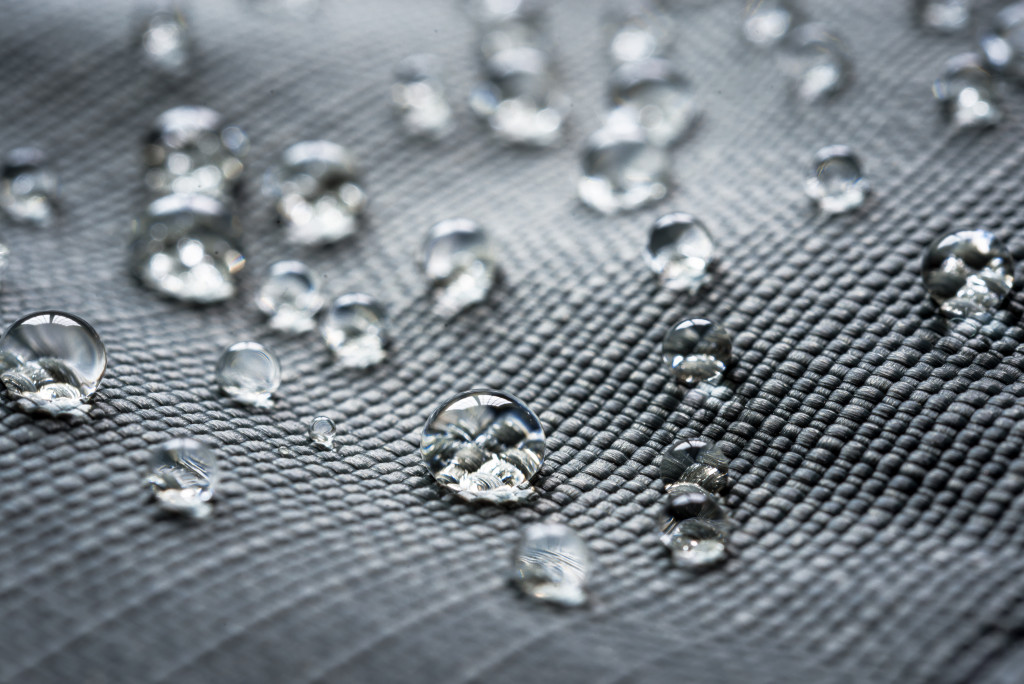Moisture is one of the main reasons why homes depreciate. Moisture can cause wood to rot, metal to corrode, and insulation to degrade. Not only does this make your home unsightly and unappealing, but it also lowers its resale value.
Moisture happens for a variety of reasons. One common reason is condensation. This occurs when humid air contacts a cold surface, such as a window or door. The moisture in the air condenses on the colder surface and can eventually lead to water damage.
Another cause of moisture leaks. Leaks can happen in your roof, walls, pipes, or foundation and are often the result of poor maintenance or weather damage. If left unrepaired, leaks can cause extensive water damage and structural problems.
Finally, flooding is another primary source of moisture in homes. Flooding can be caused by heavy rains, storms, melting snow, and faulty plumbing. Flooding can lead to significant water damage, mold growth, and other serious issues.
You can do a few things to prevent moisture damage to your home. Here are some options you should consider to avoid this kind of damage from happening to your home.
Improve Ventilation
Your home’s ventilation is in-charge of circulating air and keeping moisture levels low. If your home lacks proper ventilation, it’s more likely to experience condensation, mold growth, and musty odors.
You can do a few things to improve the ventilation in your home. One option is to install exhaust fans in rooms that tend to be humid, such as the kitchen and bathroom. Another option is to open windows and doors when weather permits. This will help circulate fresh air and keep moisture levels down.
Improving your home’s ventilation can be a simple and effective way to prevent moisture damage while making your home more comfortable.

Keep Things Clean and Dry
One of the best ways to prevent moisture damage is to keep your home clean and dry. It means regularly cleaning areas prone to moisture, such as the kitchen and bathroom. You should also ensure to fix any leaks as soon as possible, as even a small leak can cause significant water damage over time.
In addition, you should try to avoid storing items in damp areas, such as the basement or attic. These areas are more likely to experience mold growth with excessive moisture. If you must store items in these areas, use airtight containers to keep them dry.
You should also consider the floor you stand on. Condensation can often occur on cold floors, so you might want to install floor mats or rugs in areas where you typically stand for long periods. This will help absorb moisture and keep your feet warm and dry. You should also consider installing hardwood flooring as they are resilient to moisture damage. Finally, you can oil, lacquer, or varnish your flooring if you want an extra layer of protection.
Finally, you should ensure your clothes are dry before storing them. Wet clothes can create a damp environment that is perfect for mold growth.
Use a Dehumidifier
Another way to prevent moisture damage is to use a dehumidifier. Dehumidifiers remove moisture from the air, which can help reduce condensation and mold growth. They can also make your home more comfortable, as humid air can often make rooms feel stuffy and uncomfortable.
Dehumidifiers come in various sizes, so you can choose one that is best for your home’s needs. For example, smaller homes may only need a portable dehumidifier, while larger homes may require a whole-house dehumidifier.
If you’re unsure which size dehumidifier you need, consider the humidity levels in your home. You can measure the humidity level with a hygrometer available at most hardware stores. The ideal humidity level is between 30 and 50 percent. If your home’s humidity level is higher, you should consider using a dehumidifier.
Dehumidifiers can effectively prevent moisture damage, but they only work if they are correctly used. Be sure to regularly empty the dehumidifier’s water reservoir and clean the filter according to the manufacturer’s instructions.
Monitor the Humidity Level
You should also monitor the humidity level in your home using a hygrometer. This will help you identify potential problems early on so you can take action before severe damage occurs.
You should check the humidity level in your home at least once a week and more often if you live in an area with high humidity levels. As stated earlier, try to keep the humidity level between 30 and 50 percent to ensure no moisture damage in your home. You can do this by using a dehumidifier or opening windows and doors to let fresh air in.
Moisture is one of the leading causes of home depreciation. However, by following the five tips we’ve outlined in this article, you can reduce moisture levels in your home and prevent severe damage from occurring.

